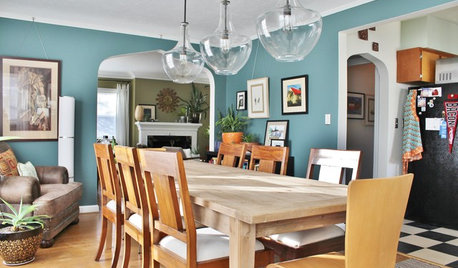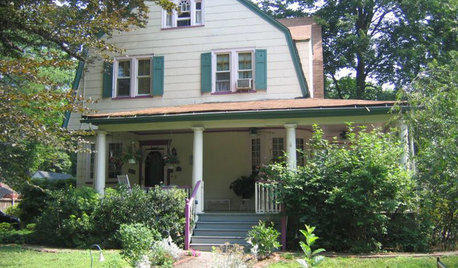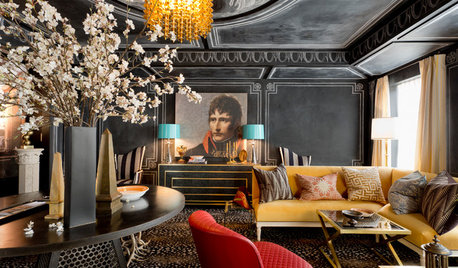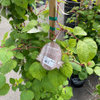Threadleaf Arborvitae getting brown on the interior
peter17319
13 years ago
Related Stories

SIDE YARD IDEASNarrow Trees for Tight Garden Spaces
Boost interest in a side yard or another space-challenged area with the fragrance and color of these columnar trees
Full Story
GARDENING GUIDESGarden Myths to Debunk as You Dig This Fall and Rest Over Winter
Termites hate wood mulch, don’t amend soil for trees, avoid gravel in planters — and more nuggets of garden wisdom
Full Story
LIFETrue Confessions of a House Stalker
Letting go when a new owner dares to change a beloved house's look can be downright difficult. Has this ever happened to you?
Full Story
LIGHTINGHouse Hunting? Look Carefully at the Light
Consider windows, skylights and the sun in any potential home, lest you end up facing down the dark
Full Story
MOST POPULAR5 Ways to Hide That Big Air Conditioner in Your Yard
Don’t sweat that boxy A/C unit. Here’s how to place it out of sight and out of mind
Full Story
RANCH HOMESMy Houzz: Paint and Pluck Revamp a Portland Ranch
A 1930s fixer-upper becomes a cheery and personal home at the hands of an industrious homeowner
Full Story
EXTERIORS13 Dramatic Exterior Paint Makeovers by Houzzers
See real-life before and afters of home fronts transformed with paint, in wide-ranging colors and styles
Full Story
DESIGNER SHOWCASESGlamour and Colors Rule at 2016 Kips Bay Decorator Show House
See how 21 designers from around the U.S. outfitted a 1940 townhouse with vivid wall treatments and edgy furnishings
Full StoryMore Discussions








ken_adrian Adrian MI cold Z5
gardengal48 (PNW Z8/9)
Related Professionals
Carson Landscape Architects & Landscape Designers · Doctor Phillips Landscape Contractors · Fairview Landscape Contractors · Kailua Landscape Contractors · Lancaster Landscape Contractors · San Bruno Landscape Contractors · Vineyard Landscape Contractors · West Covina Landscape Contractors · Glendale Heights Window Contractors · Oxnard Window Contractors · Surfside Window Contractors · The Woodlands Driveway Installation & Maintenance · Fishers Decks, Patios & Outdoor Enclosures · Fort Worth Decks, Patios & Outdoor Enclosures · White Bear Lake Decks, Patios & Outdoor Enclosuresblue23rose